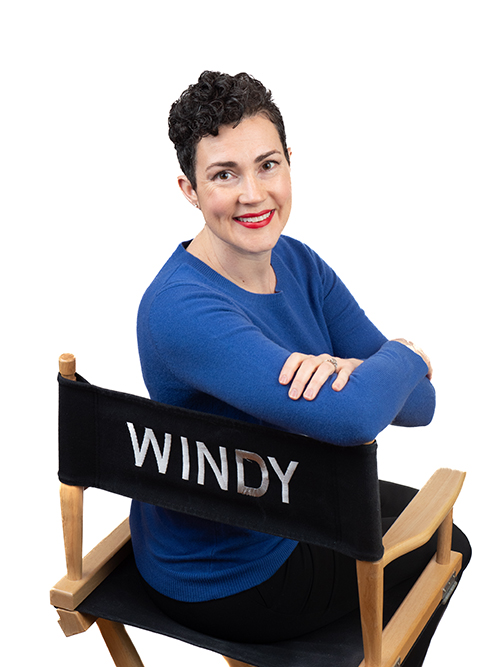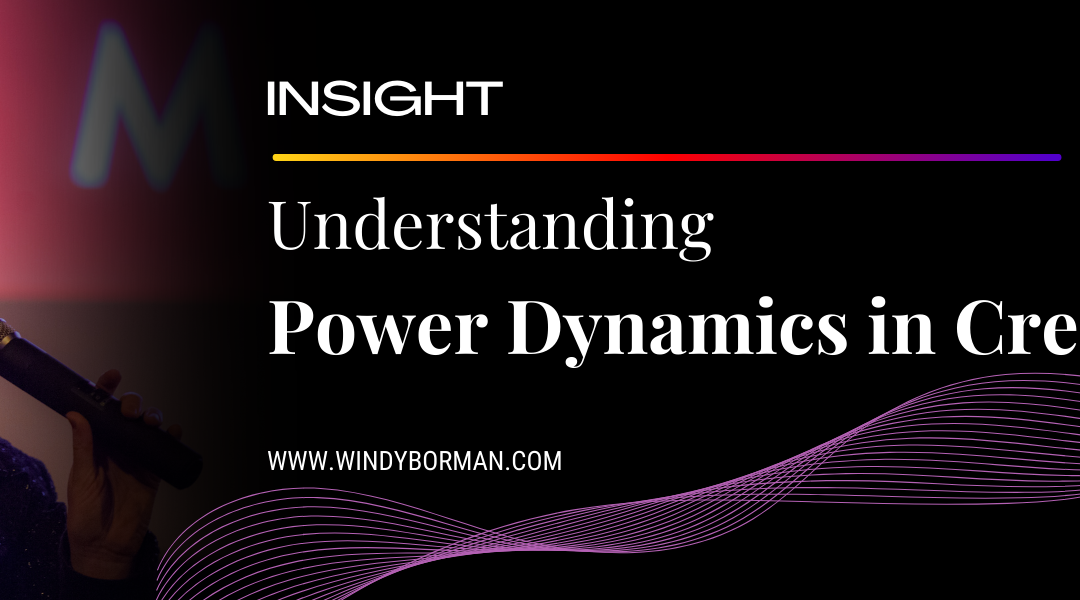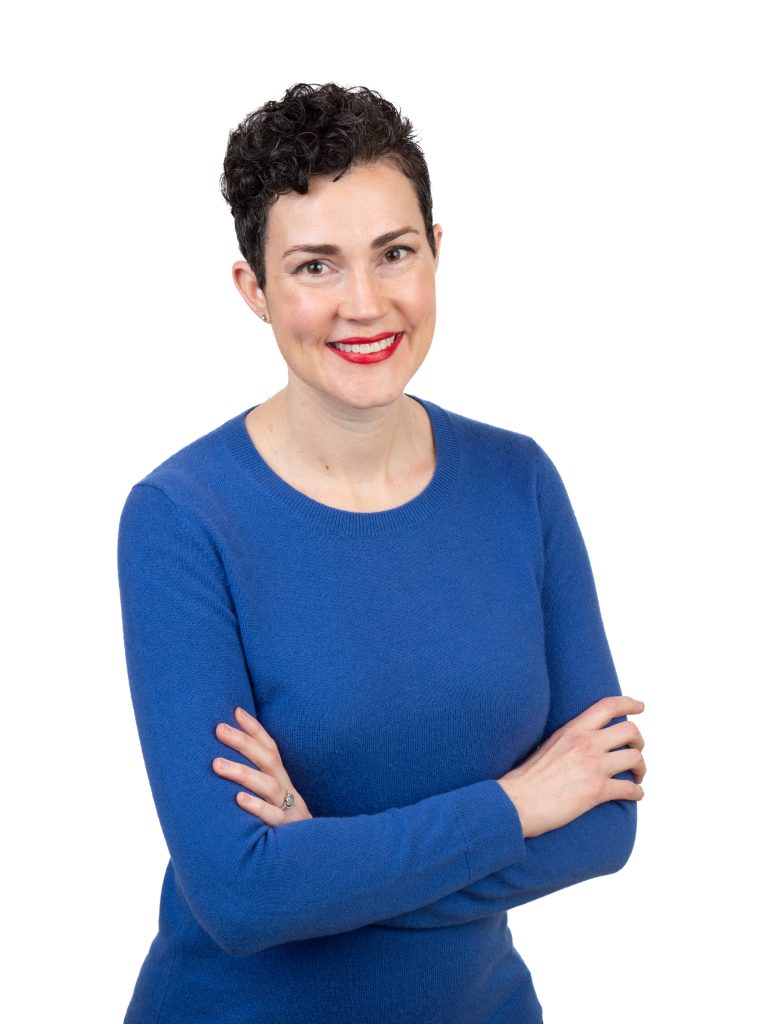“Power can be defined as the degree of control over material, human, intellectual and financial resources exercised by different sections of society. The control of these resources becomes a source of individual and social power.”
– Dynamics of Power, Inclusion, and Exclusion by Lisa VeneKlasen with Valerie Miller
Two important notes about power are:
- Power is dynamic and relational (not absolute), meaning it can change
- Power is unequally distributed
The movements for #MeToo and Black Lives Matter illuminated the unequal power certain groups and individuals have. The consequences range from micro-aggressions to harassment, discrimination, assault, abuse, and even death.
Power has multiple dimensions:
- Visible Power: Observable Decision-making
- Who are the leaders?
- How are decisions made?
- Hidden Power: Setting the Political Agenda
- What agendas dominate?
- How is information gathered and used?
- Invisible Power: Shaping Meaning
- Is there systemic discrimination/exclusion whether on a basis of race, class, gender, age, etc.?
- Do people think they have no role and no right to change the situation?
Up until recently, Forced Arbitration and Non-Disclosure Agreements within the entertainment industry created an environment of secrecy that enabled high-profile abusers to harm people for decades. Because these legal documents are secretive, we still do not know the full extent of what has not been reported.
For the purposes of this discussion, let’s discuss what we do know: Perpetrators have benefited from a combination of Visible Power (they were leaders) and Hidden Power (their agendas dominated and/or their decisions were made in secrecy).
But what about the more subtle (Invisible) uses of power in the entertainment industry that don’t always make headlines?
This can include, Producers and Directors not disclosing audition requirements (ie. simulated sex) ahead of time, Casting Directors excluding certain actors for roles based on race, class, gender, age, etc., or Department Heads discriminating against people for projects based on the same factors.
Invisible Power can also include creating an environment where people do not feel they have the power to say No and still keep their job, or making them feel like they are part of the problem rather than part of the solution if they report an issue.
Whether or not you work in the entertainment industry, it is important to analyze the power dynamics within your creative environment. Consent-Forward Creativity has two benefits: it increases employee satisfaction, and it decreases your potential liability. It’s a Win-Win.
Below are some questions for you to consider as you evaluate the power dynamics in your creative environment.
Groups and Teams:
- Do we ask certain people or teams to work late, on weekends, or come in early?
- Do they have the option to say no?
- Do we ask certain groups to work more often, for free, or for discounted rates?
- How does this effect morale and burnout?
Meetings:
- When and where do we hold meetings, auditions, pitches, and group outings?
- Do they occur in conference rooms, hotel lobbies, hotel rooms, bars, or nightclubs?
- Is alcohol or another substance that can effect consent present?
- Can people abstain from the meeting or event without negative consequences?
- Do we offer child care or travel reimbursements for people to attend?
Hiring and Promotions:
- Do we require free creative work (ie. Requests For Proposals, scripts, or pitches) as part of the hiring process?
- Do we offer paid or unpaid Internships?
- Do we publish the responsibilities of each role before “crewing up” for a project?
- Where are the requirements published?
- Does everyone have an equal opportunity to apply or submit for consideration?
- Are certain people invited or recommended to apply over others?
- Do we publish the metrics used for hiring and promotion decisions ahead of time?
Working with Consultants:
- Do we hire an Intimacy Coordinator and/or Fight Coordinator on our creative projects (Union and Non-Union) that require simulate sex or violence to provide Consent-Forward Artistic Practices?
- Do we hire other consultants (ie. Anti-Racism Consultants) on our creative projects (Union and Non-Union) to provide context and offer advice?
Human Resources:
- What protocols do we have in place to address concerns about consent and power dynamics?
- Where are the protocols published?
- Who is involved in the complaint process?
- Does HR gaslight people when confronted, saying “That’s not what we meant?”, or do they absorb the feedback and respond thoughtfully?
Power is dynamic and complex, therefore this is not an exhaustive list of all the ways Power can effect our creative environments. I encourage you to begin unpacking the Power Dynamics of your creative environment by asking these questions and seeing what else comes up in the process.


